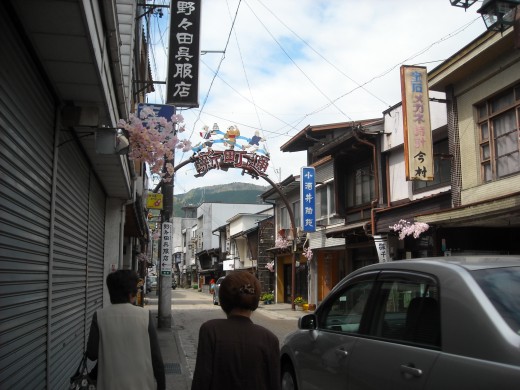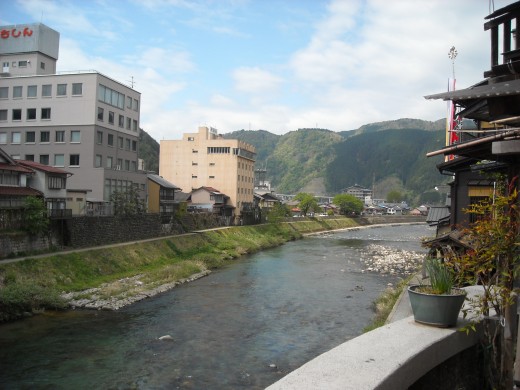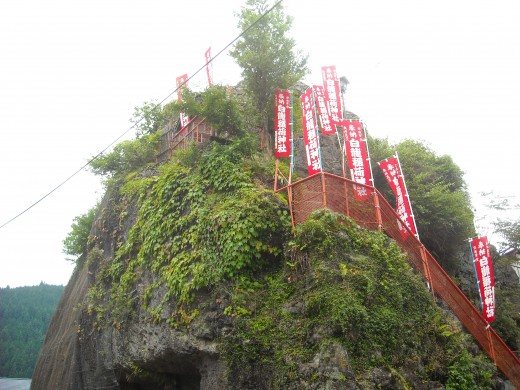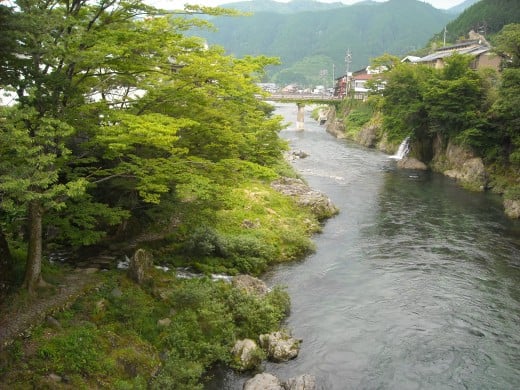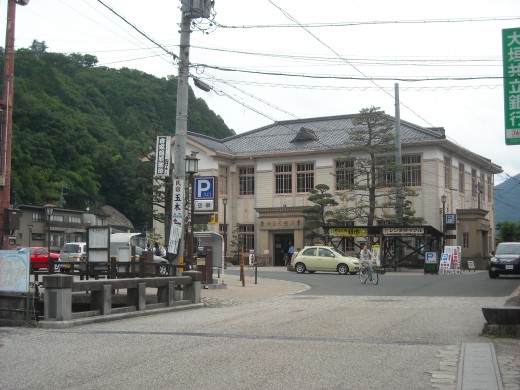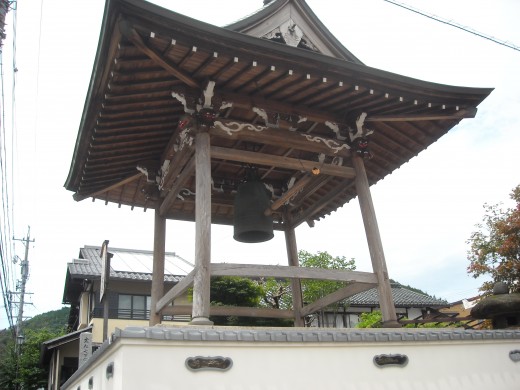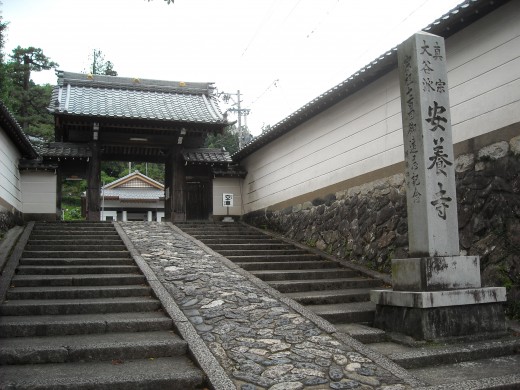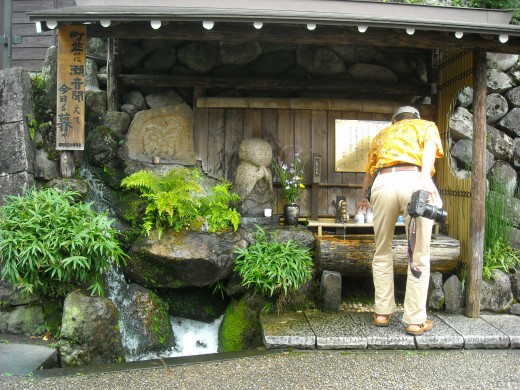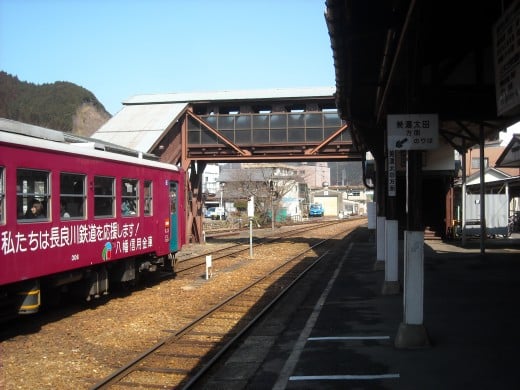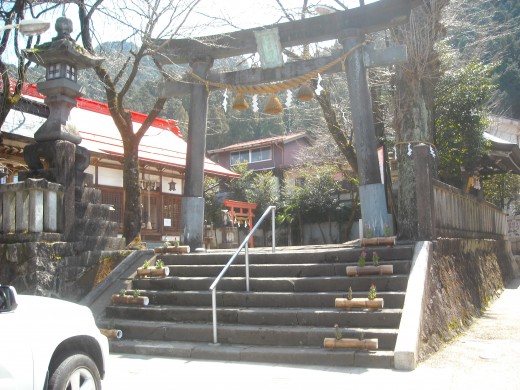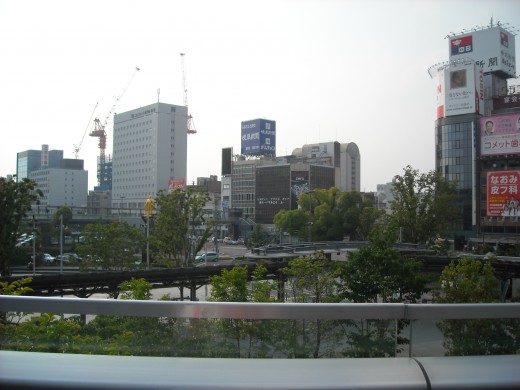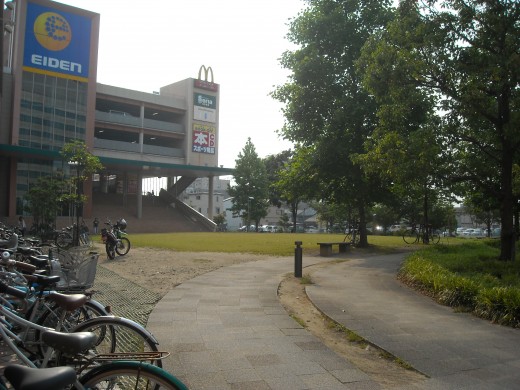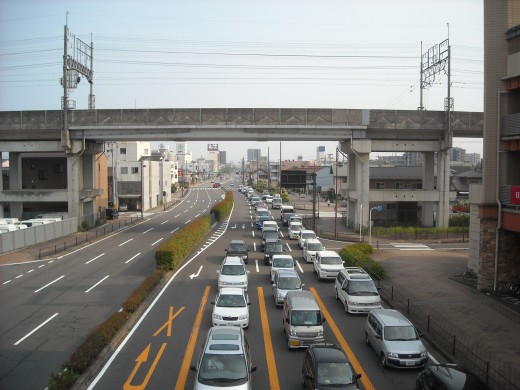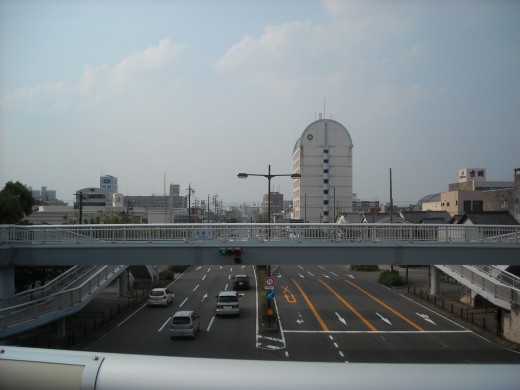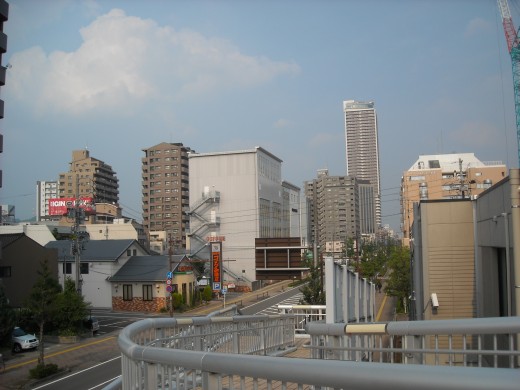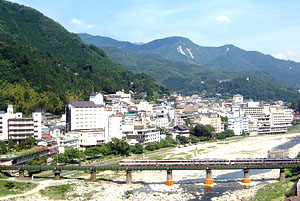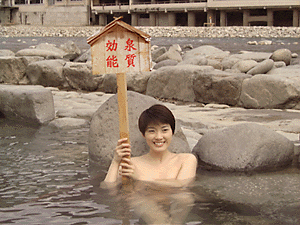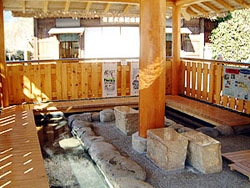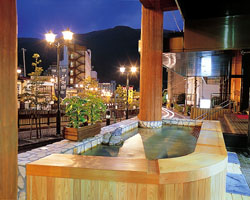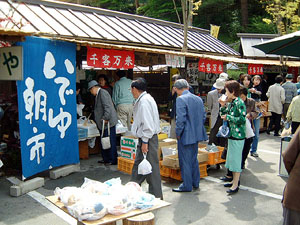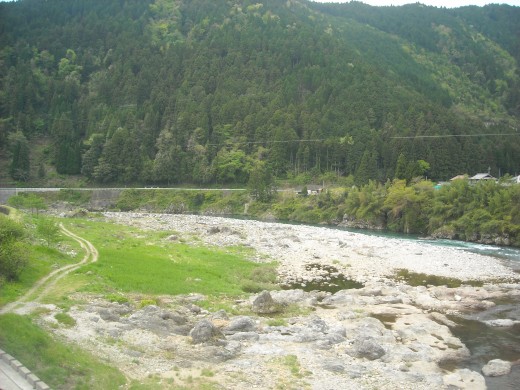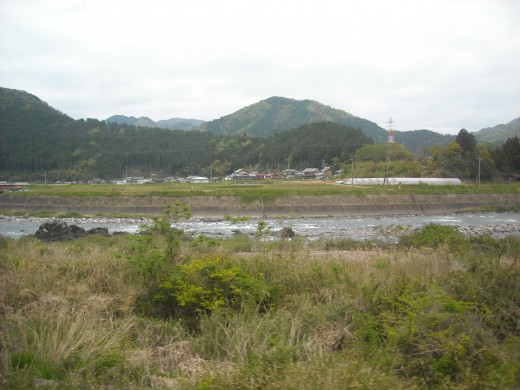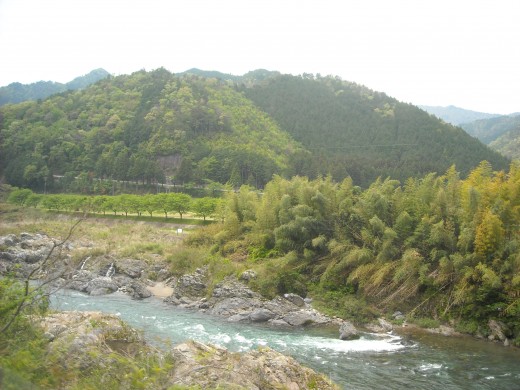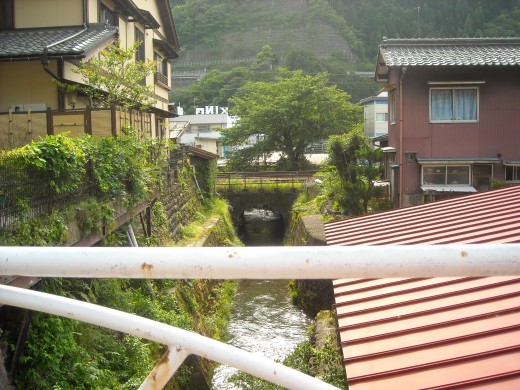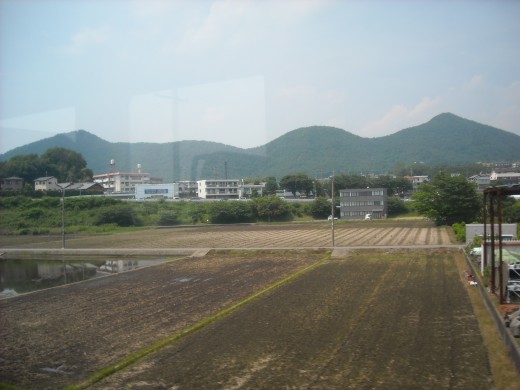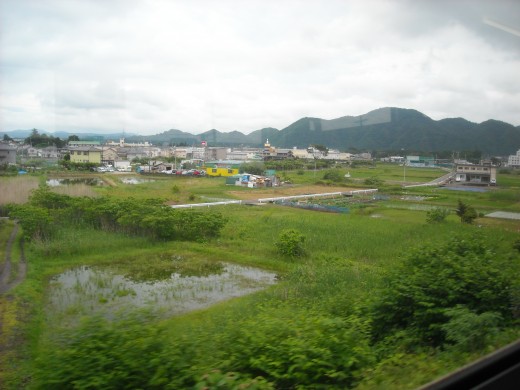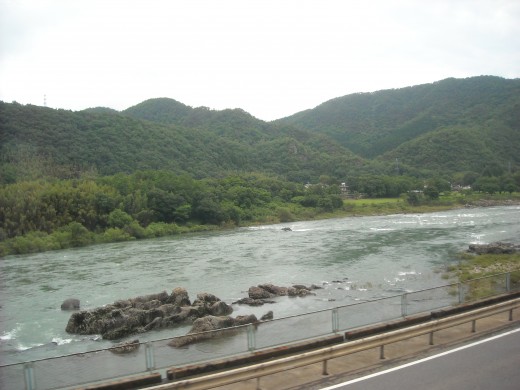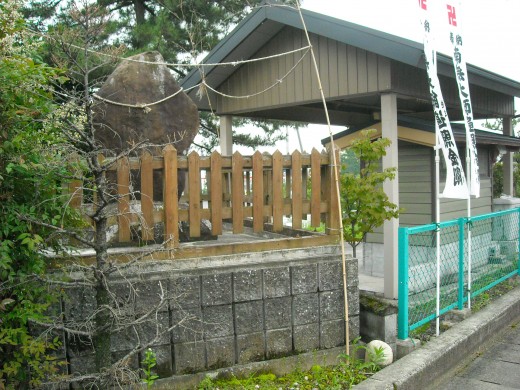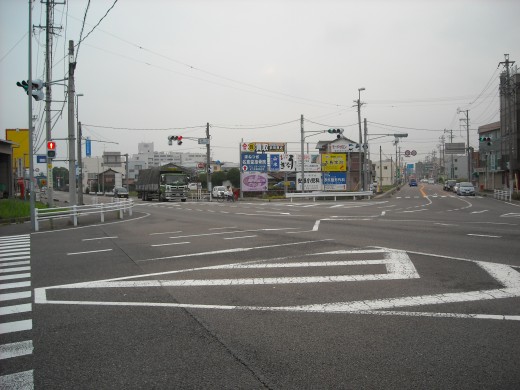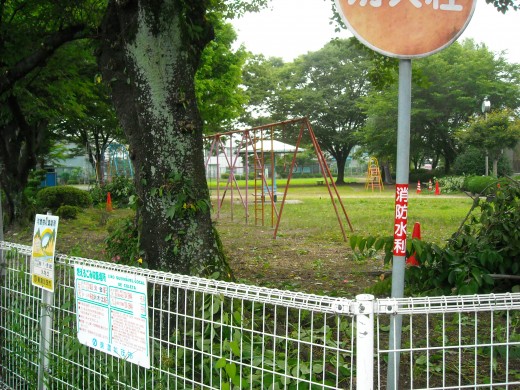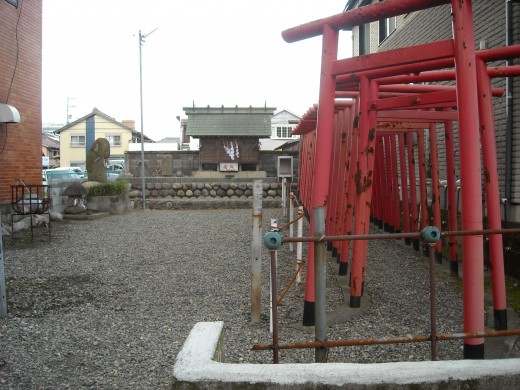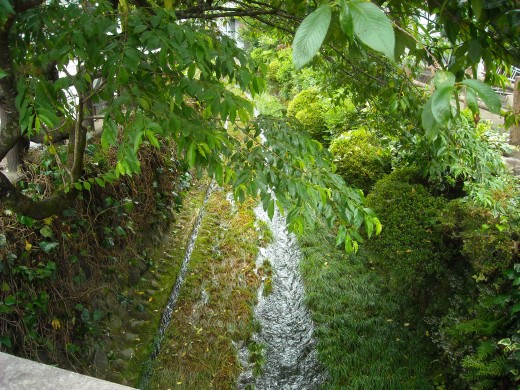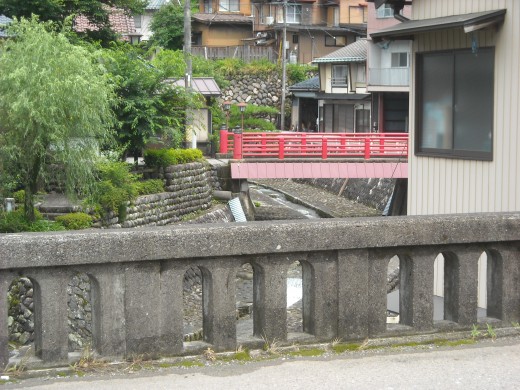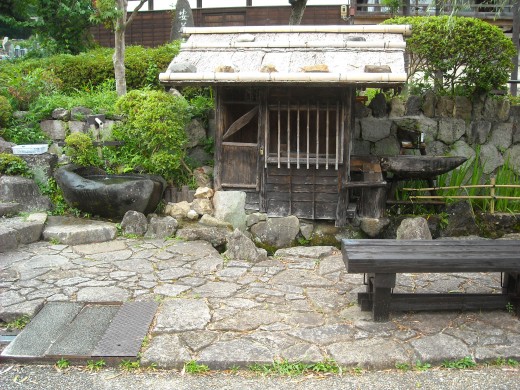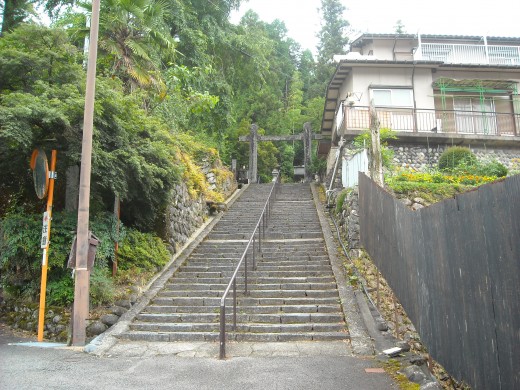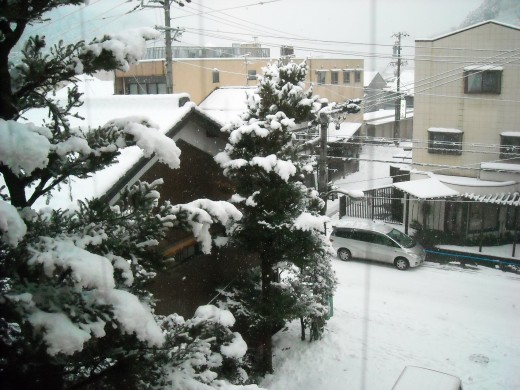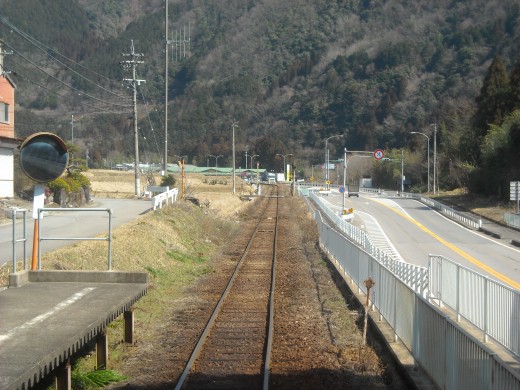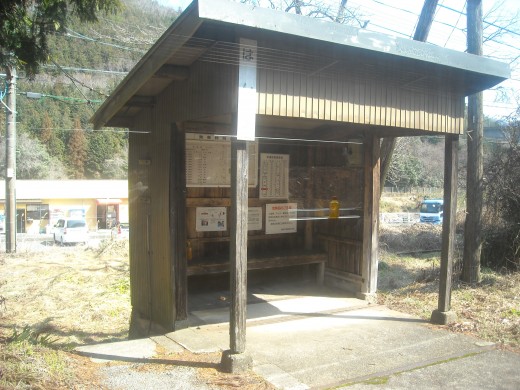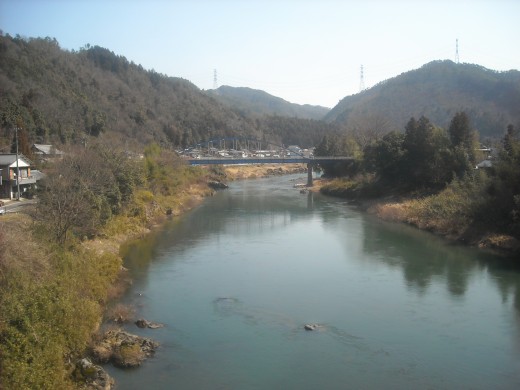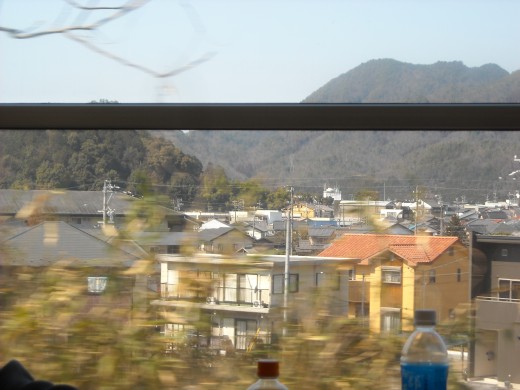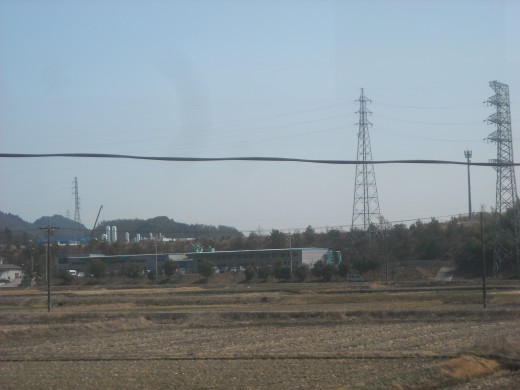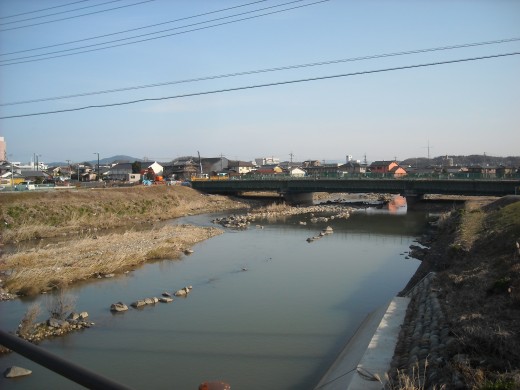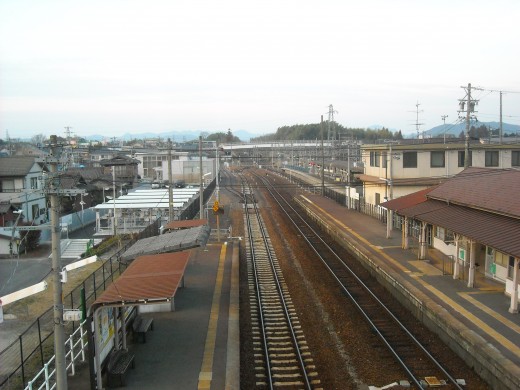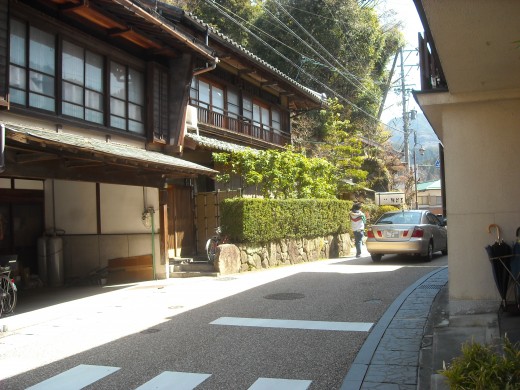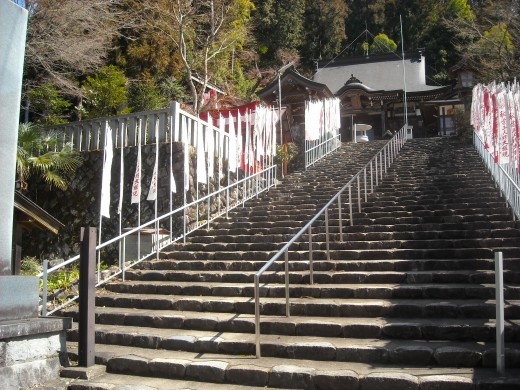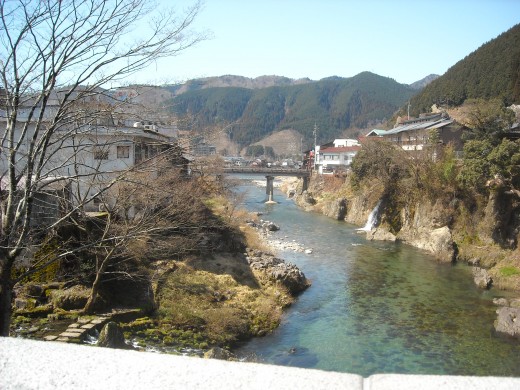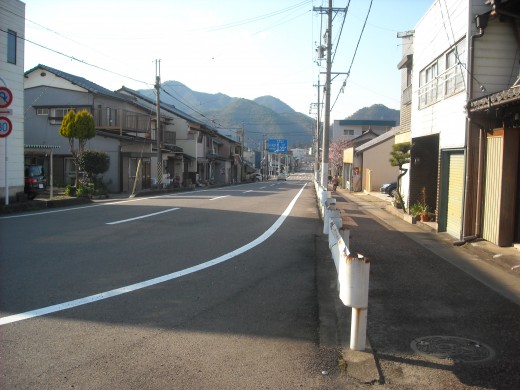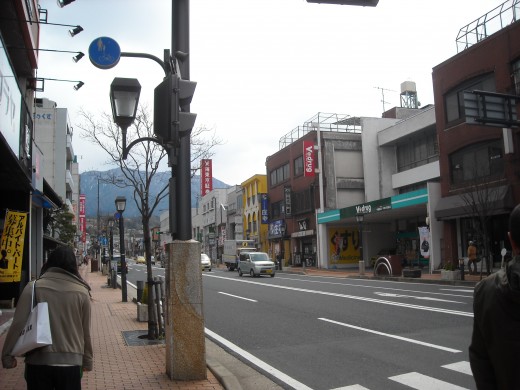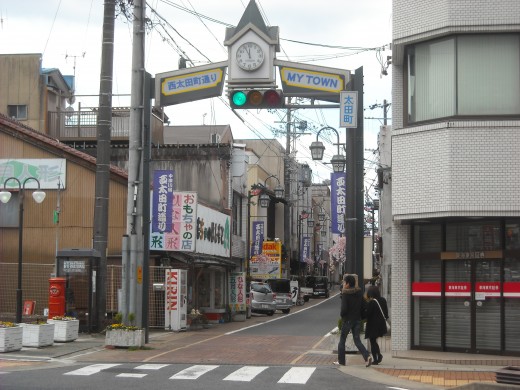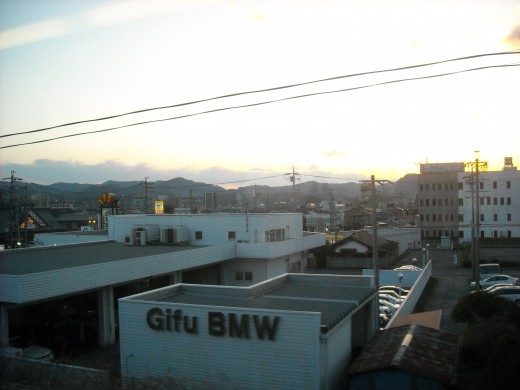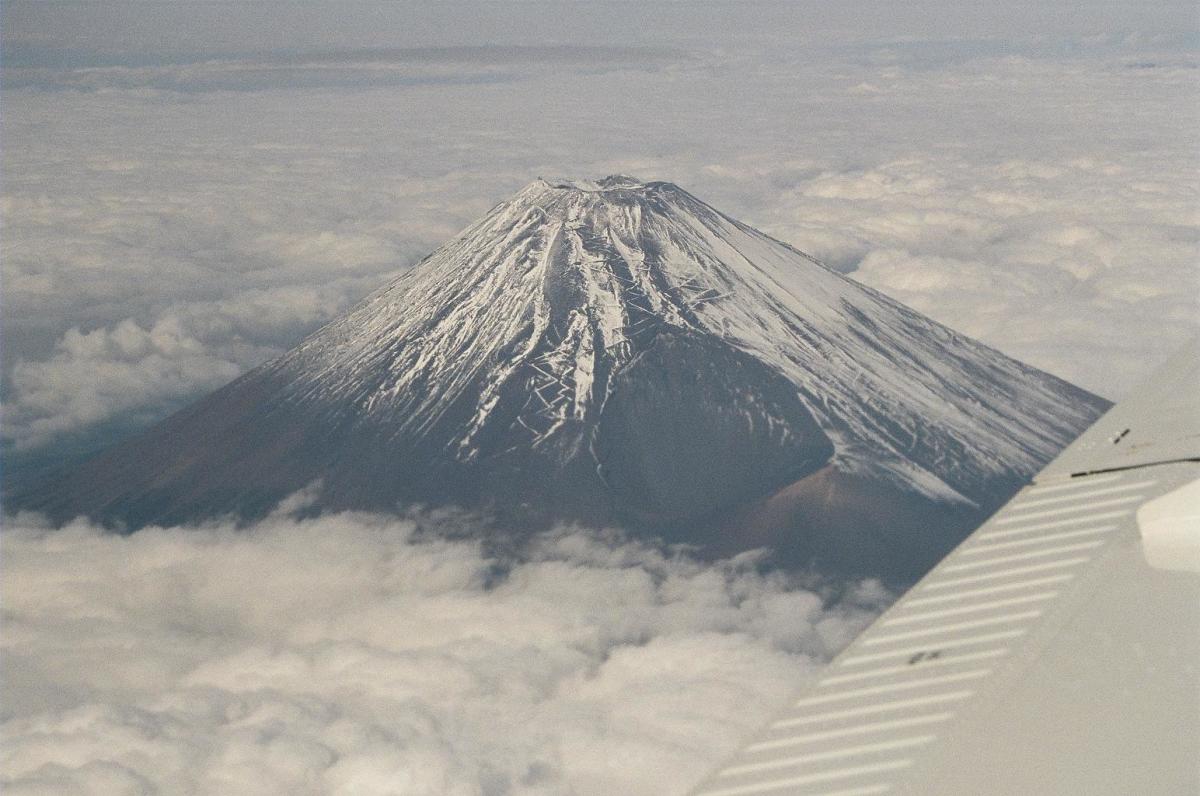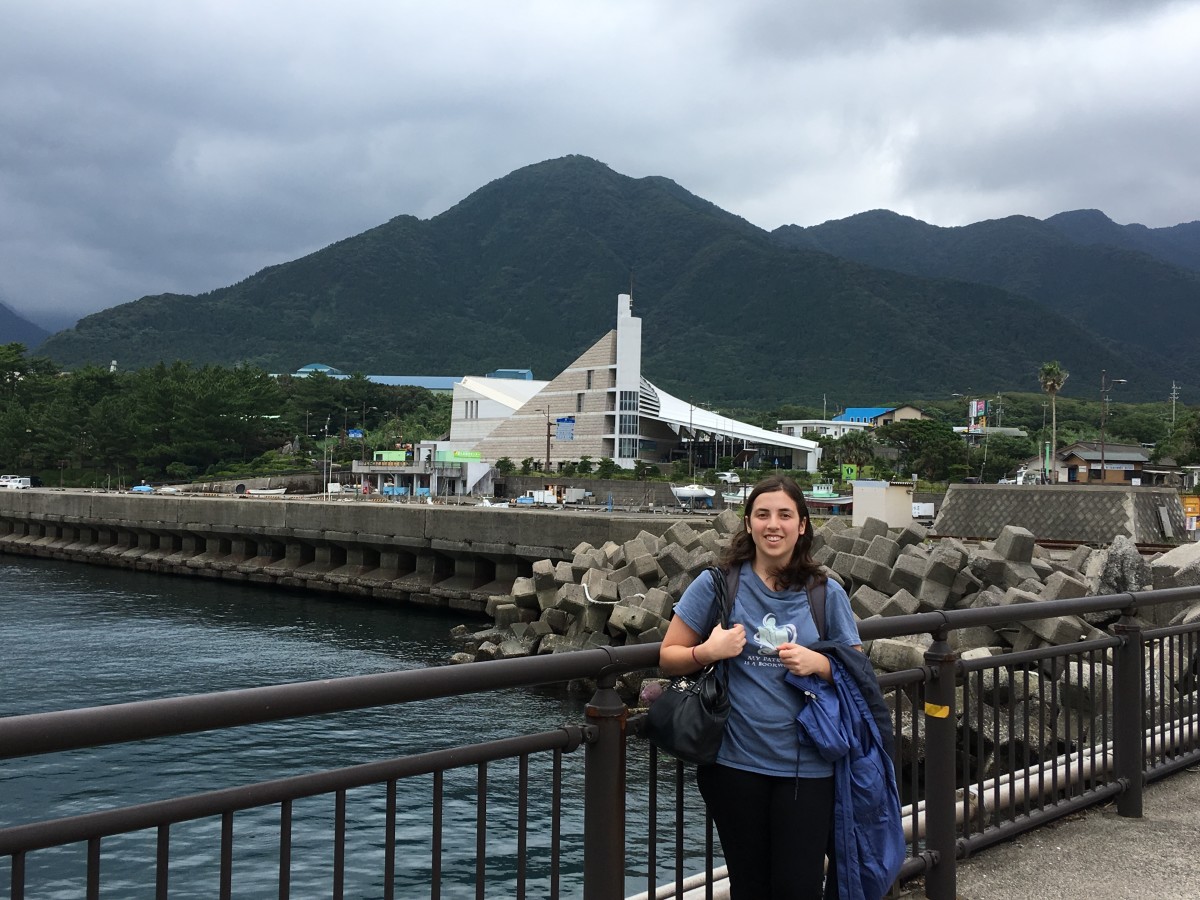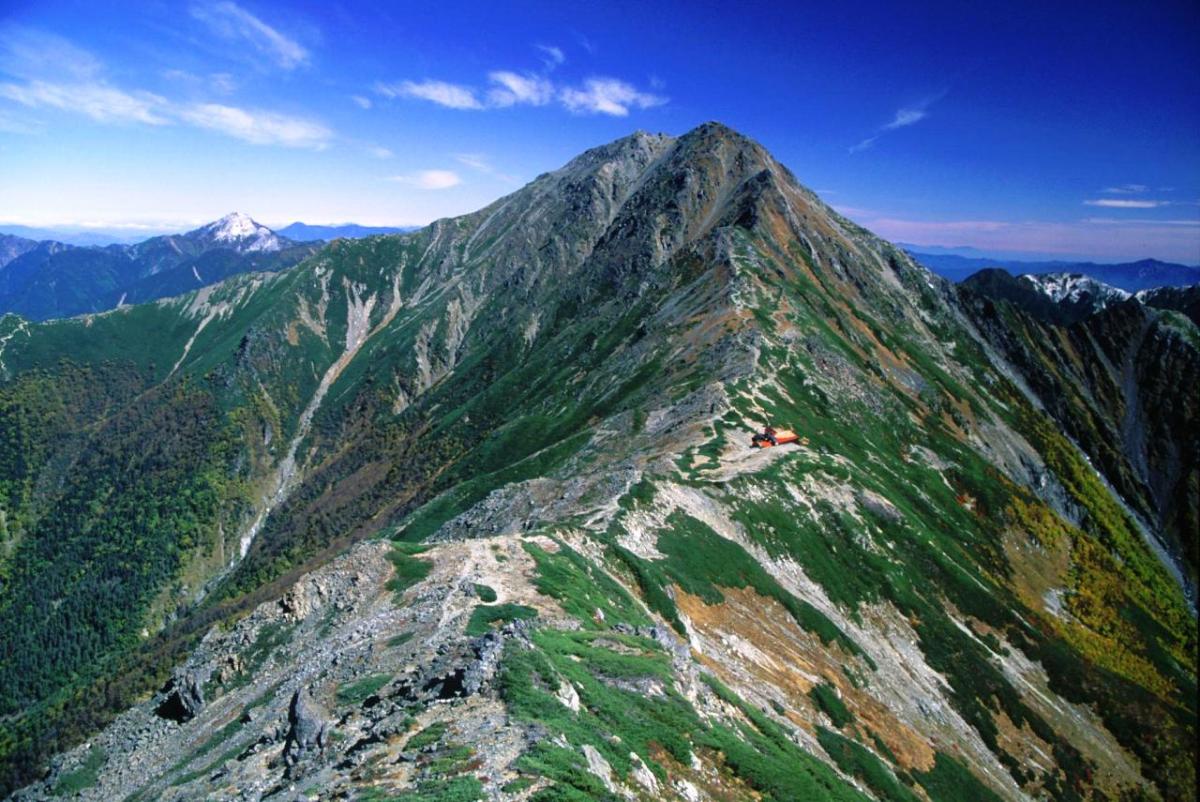- HubPages»
- Travel and Places»
- Visiting Asia»
- Eastern Asia
Japan's 47 Prefectures: Gifu
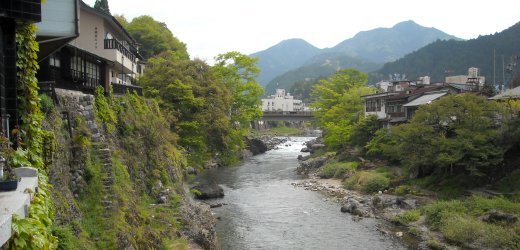
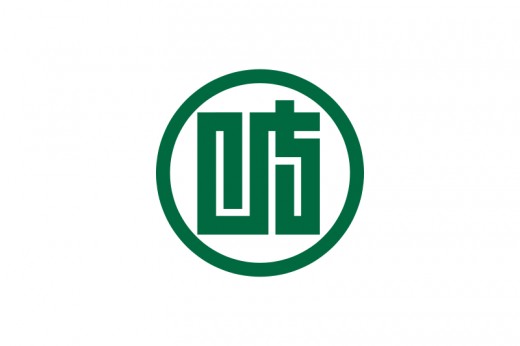
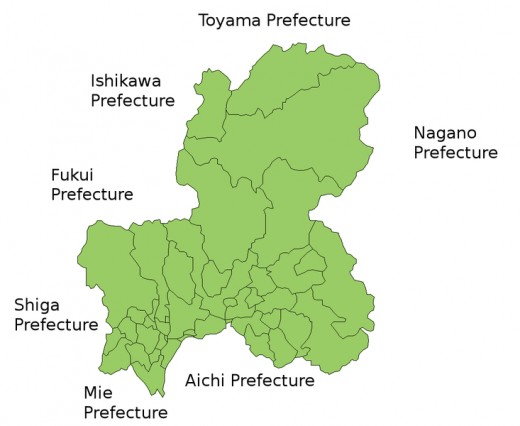
GIFU, THE HEART OF JAPAN
Gifu Prefecture (岐阜県) is Japan's seventh largest (by area) governing prefecture. Located in the central Chubu Region, Gifu's unofficial nickname is "The Heart of Japan", due to its large and centralized location. It is one of the only landlocked prefectures in all of Japan.
Being one of the largest prefectures by area and having one of the lowest population densities in the nation, Gifu is still a hub-bub for both domestic and international tourists thanks to its untouched landscapes and towns. Nearly 80 percent of the population lives in the southern area near Gifu City and the Nagoya Metropolitan Area, but the north is a vast landscape home to the Japanese Alps and countless towns and villages celebrating Japan's culturally rich past. This hub offers both a brief factual overview of this green and golden prefecture as well as the top things to do and see in Gifu.
Have you ever been to Gifu?
AT A GLANCE
Capital: Gifu City
Population: 2,070,000+
Region: Chubu
Neighbors: Aichi, Fukui, Ishikawa, Mie, Nagano, Shiga and Toyama
Weather: Humid subtropical in south, Humid continental in the north. (Tajimi City holds the record for hottest temperatures recorded in Japanese history at 40.9 degrees Celsius. Likewise, Shokawa-cho in northern Gifu is often called the coldest inhabited place in Honshu.)
History: Since Gifu is the "heart" of Japan, it has been a constant battleground for control of Japan up until recent centuries. A popular phrase during the Sengoku Period (Warring States) was "control Gifu, control Japan", giving credibility to the idea that if one could overpower the factions in Gifu then the rest of Japan was theirs. As such, Gifu has a long history of changing powerful hands at the whim of a battle, but the many mountains and rivers isolated the towns and villages and left them mostly in peace while preserving their histories. Since the Shogunate in particular took great pride in the area, many traditional crafts held seat in the area. For example, Seki City has a long and proud history of being at the forefront of sword smithery, and Mino City's washi (traditional Japanese paper) is world renown. Today northern Gifu is still a quiet and peaceful place perfect for outdoorsy and traditionally-minded tourists, and southern Gifu is the suburban, manufacturing hub of the Nagoya Metropolitan Area in Aichi Prefecture.










FIVE THINGS TO DO IN GIFU
1. Gujo Odori and Plastic Foods
Gujo City is one of the largest and most rural townships in Gifu Prefecture, coming in at over four-hundred square miles. However, it is the place to party in Gifu come the long and hot summer months. During the August Obon Festival, Gujo turns into a hot nightspot with the arrival of the annual "Gujo Odori" that runs for over a month. Festivities begin at Yasaka Shrine and travel to a new location every night. Orators accompanied by traditional shamisen, taiko, and shakuhachi players retell Gujo's history while public participants dance around the stages. Dancing usually spills out into the city streets as over 20,000 tourists arrive to take part every year. It's not unusual for the dancing to last until 5 AM. If you plan on going, however, book your hotel extra early. There are only so many in downtown Gujo!
If you can't make it during Obon, Gujo is still a great spot to go to. If you've been in Japan long enough you may have noticed all the "fake food" outside restaurants. Well, over 80 percent of those plastic foods are made in family-ran factories in Gujo. Many storefronts offer plastic food for sell as souvenirs, and some even let tourists come in and see it made for themselves. Otherwise, popular sights include Gujo Hachiman Castle and the many shrines and temples to dot the downtown city. Gujo also boasts some of the cleanest drinking water in all of Japan - it's not unusual to see people washing dishes and clothing right in the middle of city streets.





2. Gifu City Shopping, Museums, and Cormorant Fishing
If being in a more urban environment is more your thing, then Gifu City is the place to be in Gifu Prefecture. Gifu City is often described as a "young city" with its growing population and attraction to the youth of Japan as a cheaper alternative to neighboring Nagoya; likewise, Gifu City has earned a reputation in the past few years as a new fashion hub of Japan. Aside from the usual shops, a popular tourist and shopping district is the old style Yanagase Arcade. Once the center of commerce in the city, Yanagase is better known now for old style souvenir and goods shopping - all while conveniently ignoring the bustling red light nightlife of the area. Other shopping areas such as the Takashimaya and Muji department stores are in the area. Museums also abound throughout Gifu City. Most are centralized around Gifu Park.
The biggest tourist attraction in Gifu City, however, is the traditional cormorant fishing show on the Nagara River that has lasted untouched for the past 1300 years. Every night from May 11th to October 15th six fishing masters take their boats and five to six cormorant birds out to catch ayu, or sweet fish. The night's work is usually started with the display of three fireworks. The masters draw rope-lots to see what order they will fish in and then head out. The master sends his birds, attached to a rope on the boat, into the water to catch as many fish as they can in their throats. The birds then resurface and the master takes the fish from the birds. Since it's practiced at night, a beautiful flame leads the boats both for safety and to attract the fish. At the end of the show the six boats travel together in unison to the docks, and all spectators are welcome to see the night's catch. Shows are usually preceded by demonstrations and lectures from the masters in the evening. Many of those who witness the shows proclaim that they are emotionally moved by the display of nature.
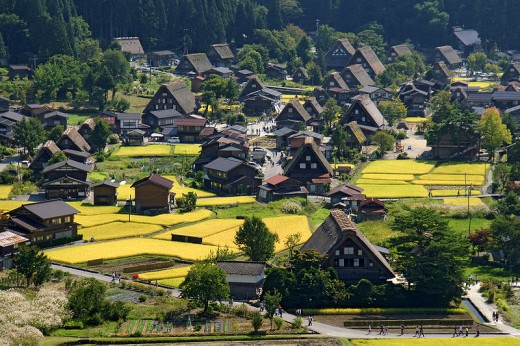
3. Shirakawa Village's Gassho-Zukuri Houses
Tucked away in the upper northwest corner of Gifu Prefecture is the village of Shirakawa, a village that, in conjunction with neighboring Toyama Prefecture's Nanto City, is a UNESCO World Heritage Site thanks to its traditional Gassho-Zukuri styled housing. Shirakawa has one of the highest amounts of yearly snowfall in the world, leading to the creation of this unique style of "praying hands" housing. The super durable thatched roofing is able to hold tons of snow without collapsing while also letting it slip safely to the ground. The houses were originally constructed to hold multiple generations of families, but today the lower stories have mostly been converted to shops, cafes, and hotels in order to pander to the growing tourism in the area. Shirakawa is a one of a kind place in the world and ripe with traditional Japanese history for those seeking it.
4. Snowboarding and Skiing in Shirotori
For the outdoor-minded tourist, the winter scenery around Shirotori (a subdistrict of Gujo City) may be the best ticket of all. In the winter athletes of all kinds flock to the Japanese Alps for world acclaimed snowboarding and skiing at any of the many lodges and resorts Gifu boasts. In 2008 the FIS Snowboard World Cup was held in the area. Access to Shirotori is convenient via the Nagaragawa Train Line departing from Mino-Ota Station in Minokamo City. (This is the same train to take to access the greater Gujo City area.)
Making lodging reservations in either Shirotori or the rest of Gujo is easy. The Gujo Department of Tourism has a list of all accommodations within the large area of the city available in English. These include not only Western styled hotels, but Japanese ryoukan, mountain lodges, hostels, and rental houses and cottages both in towns and in mountains depending on your desires.





5. Gero Onsen
While onsen (hot springs) are a popular attraction just about everywhere in Japan, Gero City is home to one of three considered the "Three Famous Springs" of Japan. Thus an entire industry based around the area hot springs has popped up in Gero City in northern Gifu. These world famous springs cater to those looking to relax in the countryside without having to get "dirty" (although, if "dirty" is your thing, Gero apparently has a very lively night life.) Most hotels and resorts focus on the hot spring aspect of the city in their amenities, and many offer private hot springs for guests to use.
Other unique aspects of Gero City include "foot baths", or public rest areas where pedestrians can soak their feet in "foot only" hot springs. If you'd like to visit Shirakawa but can't make it, rest assured, for Gero City has its own mini Gassho-Zukuri village with at least one authentic house.
English Homepages for the Cities of Gifu
Other Places of Interest
- Seki City - Home of traditional sword smithery, with a yearly demonstration of traditional craftsmanship.
- Mino City - Yearly paper lantern making festival with national talent.
- Takayama Ciity - Traditional "castle" town in the heart of the northern Hida region.
- Yoro - Quirky little town with the "Site of Reversible Destiny", a park with the intent of disorienting visitors and making them fall down as much as possible.
- Toki City - One of the largest producers of Japanese pottery in the nation. Great place to stock up.
- Nakatsugawa City - Famous for their chestnuts.
- Kaizu City - Where the three rivers of Gifu converge. Very natural area.
- Sekigahara City - Site of the "Battle of Sekigahara" that unified all of Japan. Perfect place for historians.
- Minokamo City - Home of thousands of Brazilian immigrants, creating a "mini-Rio" in the middle of Japan. Minokamo city is also the gateway between north and south Gifu, so stop by any of the Brazilian restaurants or shops before heading up into the mountains.
Japan's 47 Prefectures is a travel and photo guide about the 47 faces of Japan, as written by Hildred Billings and hosted by Hubpages.com. If you would like to contribute any photographs to this project, please fee free to contact the author.
Gifu Gallery
Click thumbnail to view full-size






























